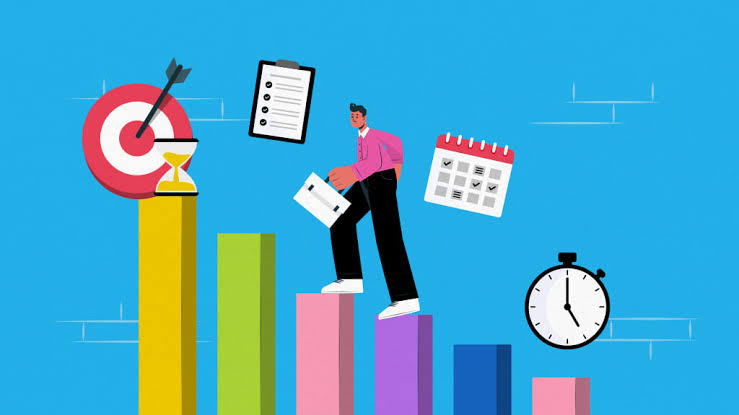Time management is one of the most critical skills for success in today’s fast-paced digital world. By 2025, the increasing demands of work, personal commitments, and constant information overload have made it essential to find smarter ways to stay productive. Productivity tools have become indispensable for individuals and businesses seeking to maximize their time, streamline tasks, and maintain focus on what truly matters.
These tools range from project management apps and calendar systems to task automation software and note-taking platforms. When used effectively, they not only save time but also enhance efficiency and reduce stress. With countless digital solutions available, the challenge lies in identifying the right tools that align with specific needs and goals.
The Role of Productivity Tools in Modern Work
Productivity tools are designed to help individuals organize tasks, collaborate seamlessly, and eliminate unnecessary time wastage. From freelancers to corporate teams, these tools provide structured ways to plan and execute projects while minimizing distractions.
Modern productivity solutions integrate with other apps and platforms, creating a connected ecosystem that supports better communication and task management. By automating repetitive tasks and centralizing information, they free up valuable time for more meaningful and strategic work.
Task Management and Organization
One of the biggest challenges in managing time is keeping track of multiple tasks. Tools like Trello, Asana, and Monday.com help break down complex projects into manageable steps, assign responsibilities, and monitor progress.
These platforms offer visual dashboards, deadlines, and notifications, ensuring that important tasks are not overlooked. This level of organization makes it easier to prioritize work, focus on high-impact activities, and meet deadlines without feeling overwhelmed.
Time Tracking and Scheduling
Effective time management starts with understanding where your time goes. Time-tracking tools like Toggl, Clockify, and RescueTime provide insights into daily activities, highlighting areas where productivity can be improved.
In addition, scheduling tools such as Google Calendar and Microsoft Outlook help plan the day efficiently, block time for specific tasks, and set reminders for important deadlines. Time-blocking techniques combined with digital calendars can significantly boost focus and prevent multitasking.
Automation and Workflow Optimization
Repetitive tasks, such as sending reminders or updating spreadsheets, consume valuable time. Automation tools like Zapier, IFTTT, and Notion streamline workflows by connecting apps and performing tasks automatically.
By reducing manual work, these tools allow individuals to focus on more creative and strategic responsibilities. For example, automated email filters or social media scheduling apps like Buffer and Hootsuite can save hours each week.
Collaboration and Communication Tools
In a world where remote and hybrid work have become common, collaboration tools play a vital role in productivity. Platforms like Slack, Microsoft Teams, and Zoom enable seamless communication, file sharing, and real-time collaboration among team members, regardless of location.
These tools reduce the time spent on long email chains and ensure that team projects remain on track. Shared workspaces and integrated document editing also enhance efficiency and transparency in group tasks.
Note-Taking and Knowledge Management
Ideas and important information can easily get lost without proper organization. Note-taking tools like Evernote, Notion, and OneNote provide structured ways to store, categorize, and retrieve information quickly.
Knowledge management platforms ensure that all team members have access to the same resources and documentation, reducing time spent searching for information and improving overall workflow.
Reducing Distractions with Focus Tools
Distractions are one of the biggest threats to productivity. Tools like Focus@Will, Forest, and Freedom help users stay focused by blocking distracting websites or creating an environment conducive to deep work.
By setting clear boundaries between work and leisure activities, these tools help individuals maximize their time and maintain higher levels of concentration throughout the day.
Conclusion
Maximizing time with productivity tools requires the right combination of technology and personal discipline. When integrated into daily routines, these tools can streamline workflows, improve focus, and create a balanced approach to work and life.
In 2025, as the digital landscape continues to evolve, individuals and businesses that leverage productivity tools effectively will have a distinct advantage. By combining smart technology with effective time management strategies, it becomes possible to achieve goals faster, reduce stress, and create more time for meaningful pursuits.



